Paris
—
After a month of designer debuts — more than a dozen across fashion weeks in London, Milan and New York — the task fell to Chanel’s new artistic director, Matthieu Blazy, to present his vision for the future of one of history’s most storied houses.
Bringing Paris Fashion Week to a close on Monday evening, the highly anticipated collection reveal was held where Chanel has frequently staged shows since 2007: the historic Grand Palais, which recently underwent a multiyear, $500-million restoration.
The set wasn’t just a whole new world, it was an entire solar system. Enormous glowing planets hung overhead; others were installed at ground level, punctuating the venue’s gleaming black floor. Stars including Margot Robbie, Penélope Cruz and Pedro Pascal sat front row, as did the label’s newly anointed brand ambassadors Ayo Edebiri and Nicole Kidman — a return of sorts for Kidman, who was once the face of Chanel No.
5 perfume.
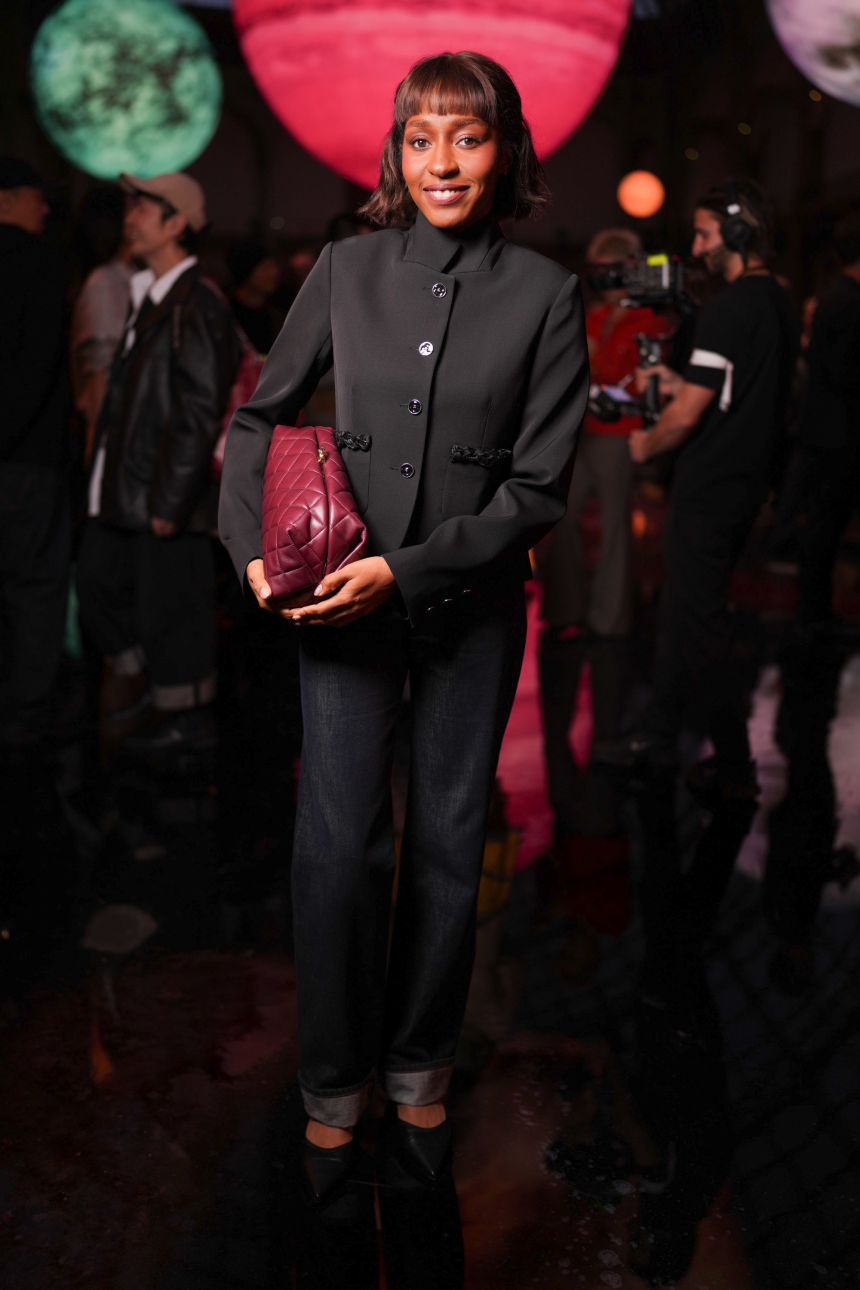
The impressive glass-domed building stands less than a mile from Gabrielle “Coco” Chanel’s first couture house on Rue Cambon, a historic Paris address the company still occupies. As a tribute, the Grand Palais’ main entrance now bears Chanel’s name, carved in stone — a symbolic gesture that was no doubt part of the deal struck when the label contributed a reported 25 million euros ($29 million) to the restoration project.
What would Coco have made of the show last night? It’s impossible to know, but fun to speculate.
Would she have enjoyed the references to some of her earliest hallmarks — a classic black tweed jacket embellished with white camellias, her favorite flower, for instance — or would she have told Blazy to forget the past entirely? She was a shrewd saleswoman, notoriously outspoken and often dismissive of nostalgia. “Fashion should die and die quickly, in order that commerce may survive,” she once said. “The more transient fashion is the more perfect it is. You can’t protect what is already dead.”
Following that logic, and with both Chanel and her famous successor Karl Lagerfeld (who shared a similar disdain for nostalgia) gone, Blazy has creative license to take the house in an entirely new direction, something his immediate predecessor Virginie Viard did not attempt during her comparatively short tenure. Lagerfeld’s right-hand woman for decades, Viard presided over the brand following his death, in a role that was widely presumed to be transitional. While Chanel performed well during this five-year period (as one of the many luxury labels to enjoy pandemic-related sales surges), the energy of the collections and shows waned, and Viard appeared to keep her head down.
Her approach stood in sharp contrast to that of Lagerfeld, whose image became arguably more ubiquitous than Chanel’s interlocking double-C logo across his 36-year reign. He was largely credited with awakening Chanel from a period of slumber after its founder’s death, turning the brand into the powerhouse that it is today.
The late German designer was also a showman who reveled in the attention his signature white ponytail, black tie, gloves and sunglasses attracted. By contrast, Blazy cuts a remarkably less recognizable figure — though his low-key personal style of jeans and T-shirt, and his under-the-radar public profile, should not be underestimated.
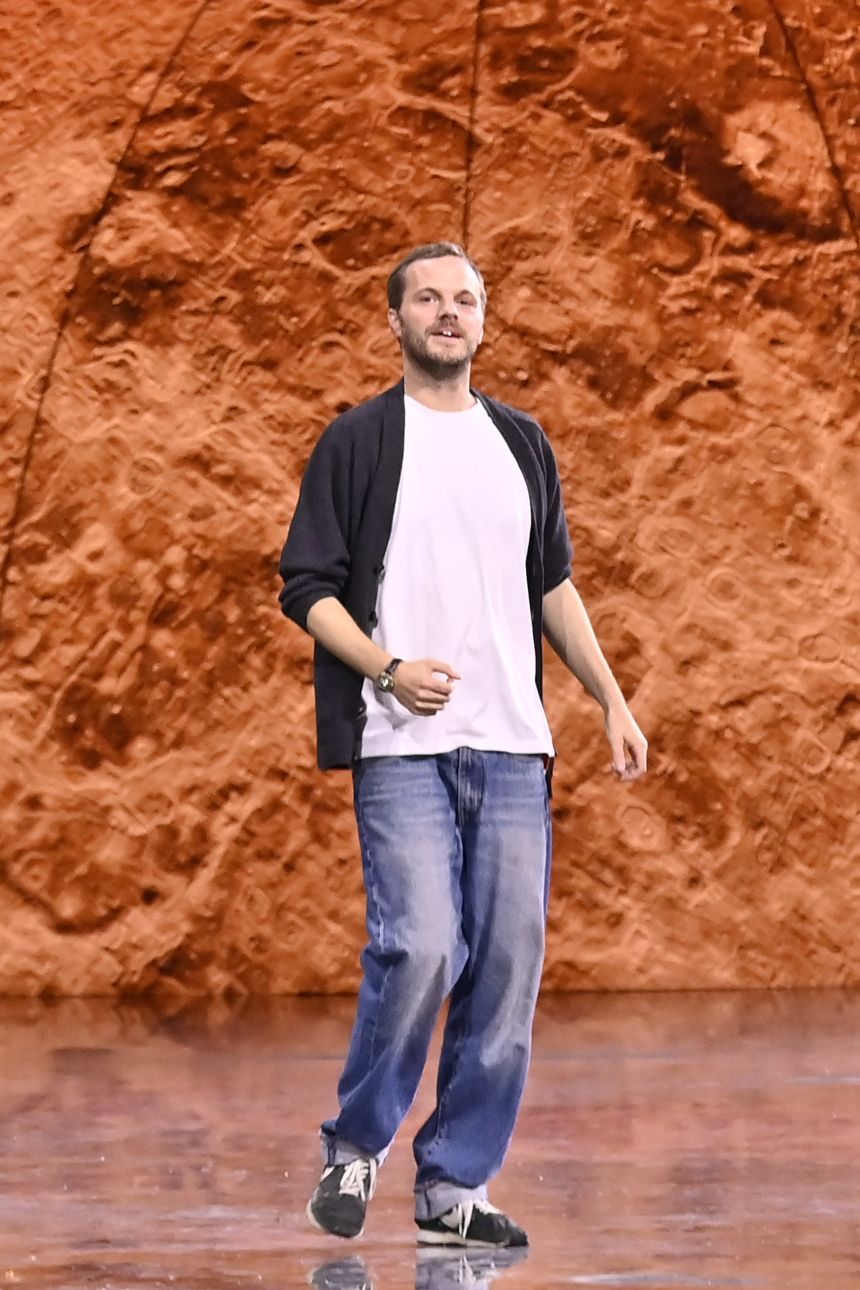
Having risen though the fashion industry working for some of its most widely respected designers, including Raf Simmons and Phoebe Philo, Blazy held roles within the design studios of Maison Margiela, Celine and Calvin Klein. In 2021, he became the creative director of Italian house Bottega Veneta, where he enjoyed a short but very positive run at the Kering-owned brand
Taking the creative helm of Chanel as only the fourth artistic director to ever lead the house, Blazy has been entrusted with one of the biggest and most sought-after — although perhaps not the most challenging — jobs in fashion.
The 41-year-old French-Belgian designer has entered one of today’s few privately owned luxury fashion houses. With approximately $20 billion in annual revenue, Chanel is one of the world’s most powerful luxury brands. But unlike labels operating within conglomerates like LVMH and Kering (which are obliged to post quarterly financials), the company can work on its future with a little more privacy.
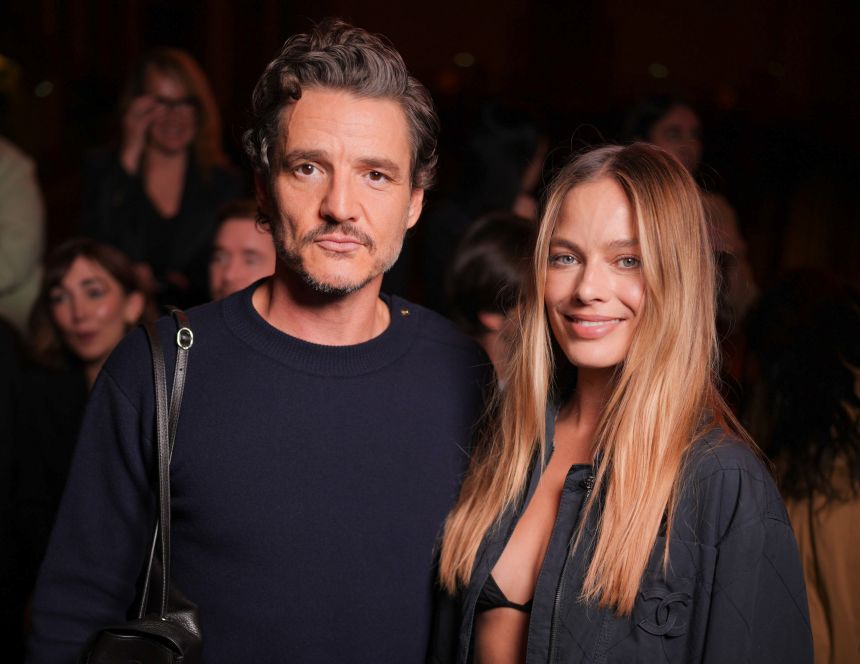
So, while there’s an urgency to the challenges facing some of Blazy’s peers at rival fashion houses, who are stepping into business with rapidly declining sales amid a sector-wide slowdown, he may be given the luxury of time to find his rhythm. During an interview with The New York Times in December, months ahead of Monday’s show, Chanel’s president Bruno Pavlovsky said, “We are not trying to put everything on the table from Day 1,” adding: “We need to give it time.”
But this debut was hardly a gentle easing in. In fact, in an exclusive interview with the Business of Fashion, published Monday, Blazy said he designed the new collection as if it was his last.
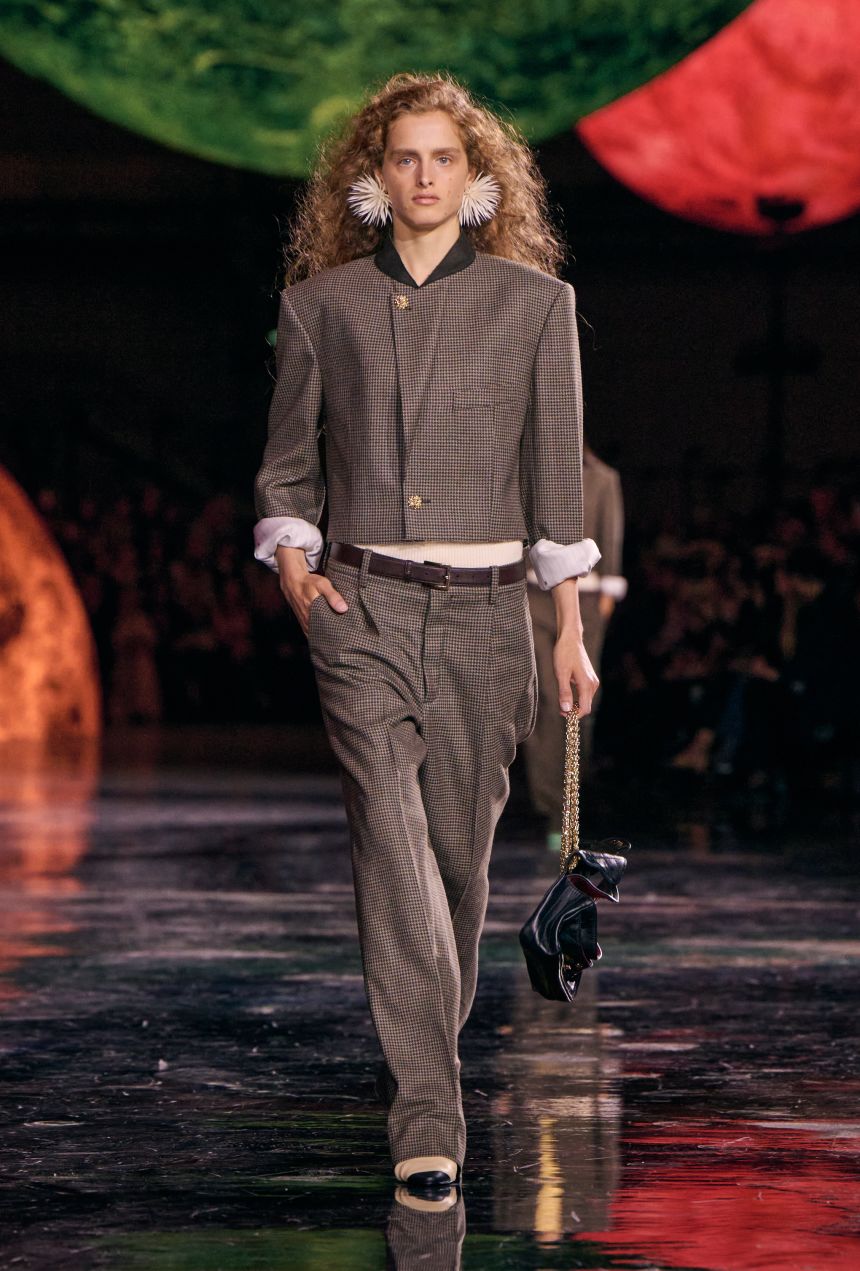
The Spring-Summer 2026 show opened with a suit, the jacket cropped at the waist and the sleeves rolled up. The slouch of the suit was a subtle precursor to what was to come — a collection full of movement. At one point, ‘90s anthem “Rhythm is a Dancer” came on, the energizing dance track bringing the clothes to life as they slinked, swished and bounced their way down the runway. Edges were frayed and raw, expressing a softness or, perhaps, youthful carelessness: Even the bags were scrunched up and half open, as if their contents were about to spill out onto the floor.
Nods to Chanel’s classic codes were seen throughout, though they were modernized — boucle jackets were lighter, their silhouettes softer.
The final ensemble, a colorful, voluminous skirt that looked like it had been made from a combination of shredded flowers and feathers, paired with a simple silk T–shirt, was joyful and frenetic — much like the audience, which gave Blazy a standing ovation as he came out to take his first bow for Chanel.
Blazy is a designer who is often praised for putting craft at the center of his design practice, and tonight’s show was another demonstration of this. Despite all the potential distractions and hype — the buzz of the debut, the dramatic set and the A-list front row — the clothes came first, that much was clear.





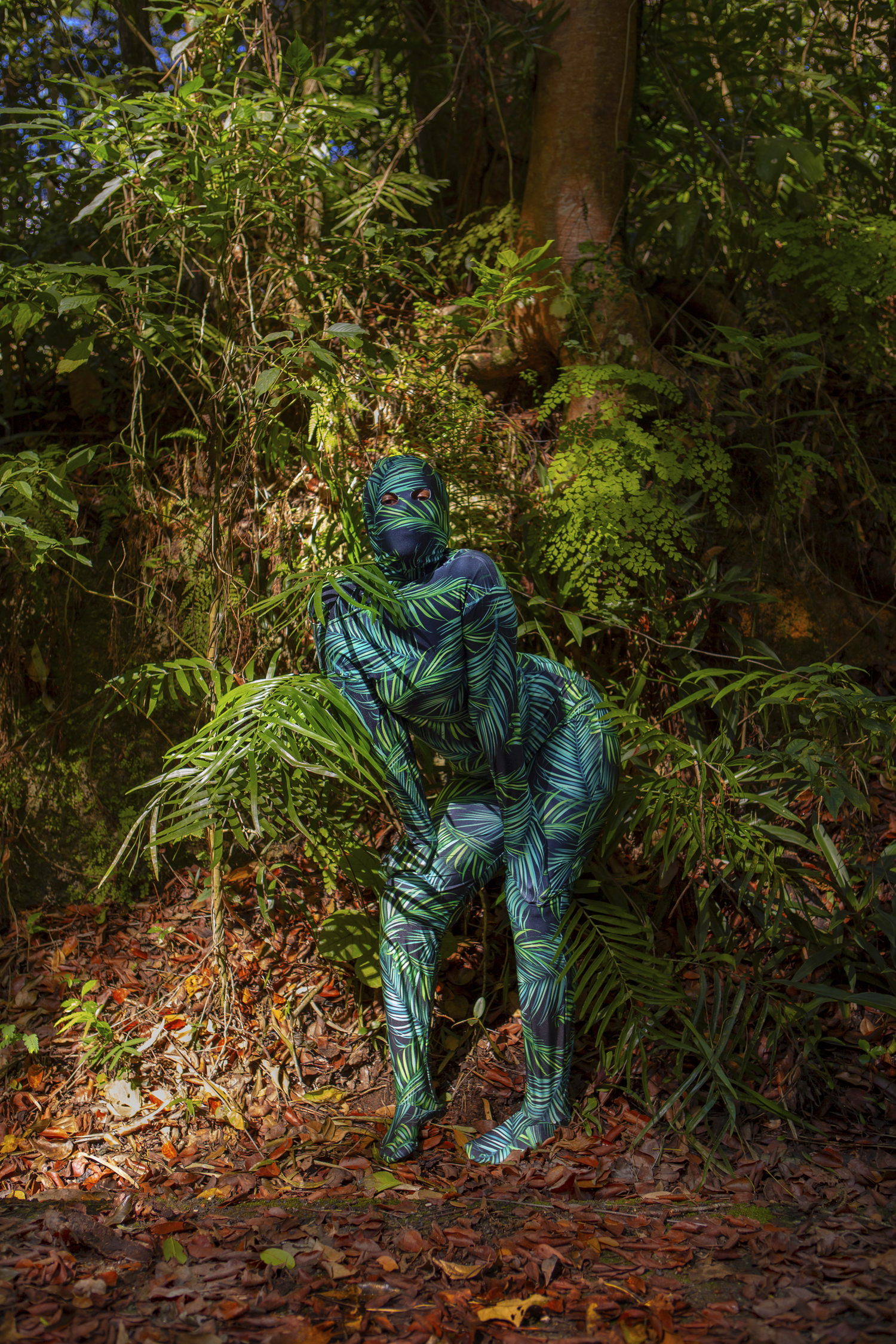
![Christopher Esber Spring 2026 Ready-to-Wear Runway, Fashion Show & Collection Review [PHOTOS]](https://news.charm-retirement.com/wp-content/uploads/2025/10/christopher-esber-spring-2026-rtw-r-ctsy-0001.jpg)